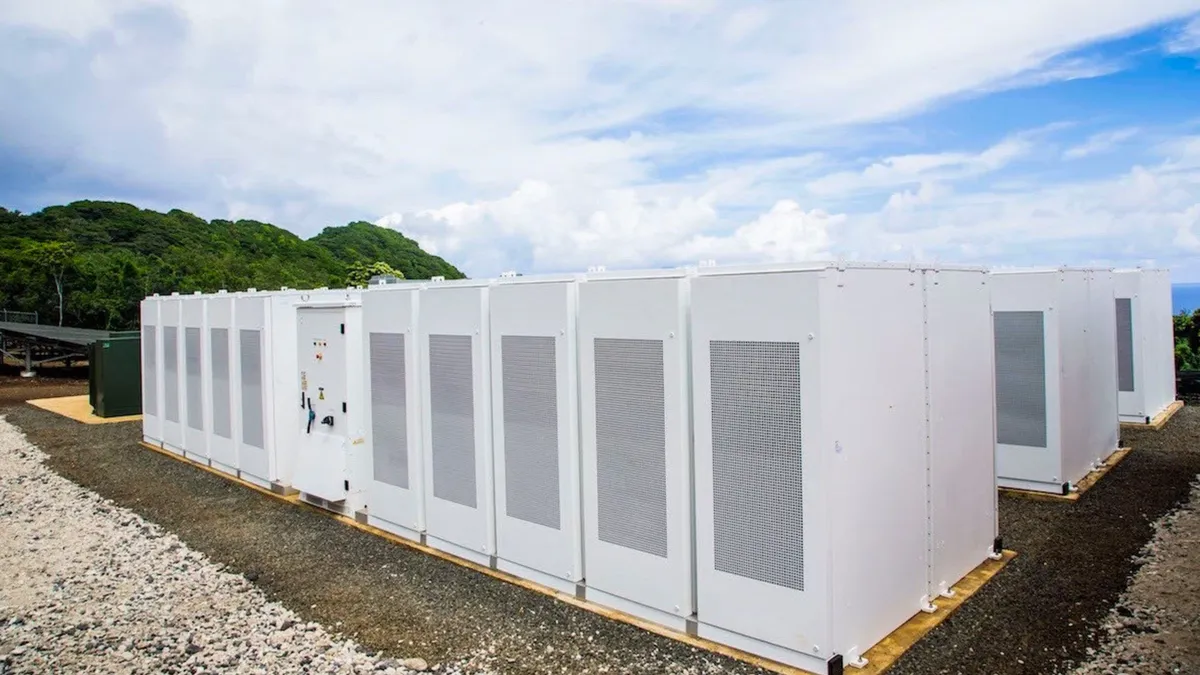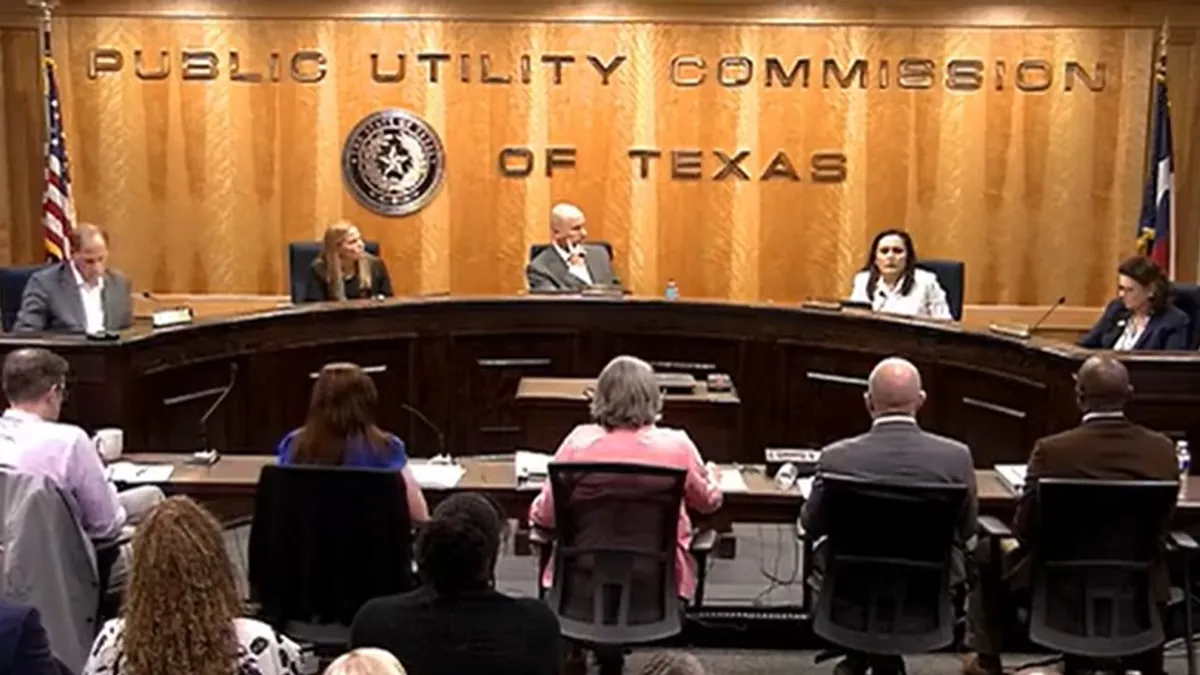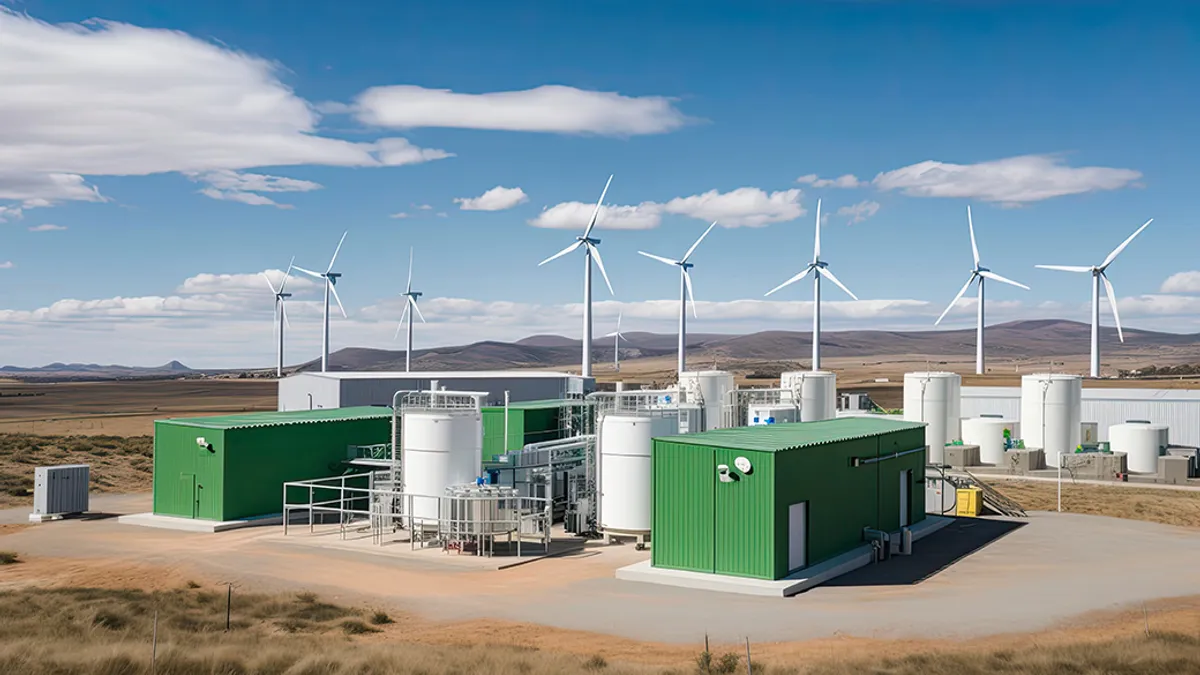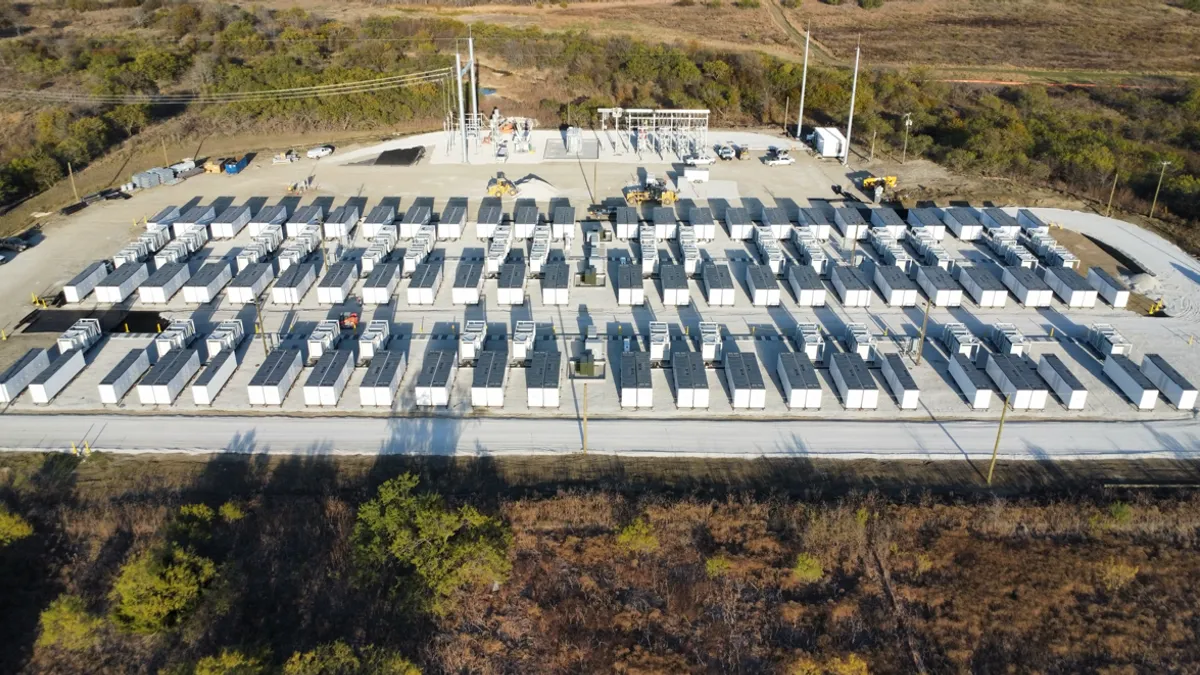It is often said that an energy storage project needs more than one stream of revenue to succeed and often regulatory barriers are seen as the biggest impediment to reaching that goal.
Indianapolis Power & Light’s 20 MW, 20 MWh Harding Street storage facility that entered service in May is one example. It provides grid services for IPL, but market rules in the Midcontinent ISO are not conducive to battery storage plants, so IPL has petitioned the Federal Energy Regulatory Commission to find that MISO’s rules are discriminatory and need to be revised.
However, some storage companies have built a dual revenue stream into their business model. They see the market for energy storage not as a flow of services from on one side of the meter to the other, but as more of a two-way street serving customers on both sides of the meter.
A big part of Advanced Microgrid Solutions’ business, for instance, involves installing behind-the-meter energy storage systems, but as CEO Susan Kennedy said, “We are a utility-facing company.”
That was evident in the company’s July 2015 announcement of a deal to deliver 50 MW of energy storage for Southern California Edison. Under the deal, SCE will purchase capacity from the storage systems under a 10-year contract, and expects to use the electricity stored in AMS’ hybrid-electric buildings to offset the power once produced by the decommissioned San Onofre nuclear power plant and other soon-to-be retired gas-fired plants.
But the storage system to provide the utility those services will reside on the customer side of the meter in what AMS calls hybrid electric buildings. There, a combination of energy storage technology and analytical software will enable the building owners to improve energy efficiency, lower energy bills and reduce greenhouse gas emissions.
“Everything about the economics of storage is about scale. ”

Susan Kennedy
CEO of Advanced Microgrid Solutions
In November, AMS announced a deal with Invesco Real Estate to bring its hybrid building technology to the Invesco’s Southern California real estate portfolio while analyzing the real estate firm's entire U.S. portfolio for further deployments.
Kennedy said AMS can structure its contracts for these deals in several different ways, as lease arrangements, for instance, or as energy service payments that look a lot like a shared savings contract.
Building from both sides
Building out a business model from both sides of the meter in this way meets two goals simultaneously. It provides a dual source of revenues, and it allows AMS to scale up. “Everything about the economics of storage is about scale,” Kennedy said.
From a utility perspective, being able to offer 10 MW of demand reduction across a region like the Los Angeles Basin is not very useful. But “if I can make 10 MW disappear from the grid by concentrating it around a single feeder line, the grid operator can see that.”
That, in turn, plays to the other side of the business. If there were only the BTM customer, the storage system would never be cost effective, said Kennedy. “You would have to put in a battery that is smaller than required because of the capital costs."
But if the needs of the utility customer drives the scale of the project, the BTM customer gets a cost-free upgrade to a storage system that has the scale to deliver greater behind-the-meter cost savings.
That also addresses two issues that could result in problems further down the road. It helps alleviate potential conflicts with utilities that otherwise could view the loss of load not as a benefit to its grid, but as a loss of revenues from lower demand charges.
Conflicts could also arise if BTM customers see their load curtailed to serve an AMS agreement with a utility.
“That is why we do fleets,” Kennedy said. By aggregating BTM resources, AMS software is able to search a range of resources to find the needed capacity at any given point in time.
A false premise
That software is the key to the business, Kennedy said. It didn’t exist when she founded the company three years ago with Jackalyne Pfannenstiel, who used to work as Pacific Gas and Electric's vice president of strategic planning in the 1980s.
“No one had the technology we needed. No one had the economic optimization software,” she said, so AMS spent “several million dollars” building its dual use platform software. Its dual use platform also provide a basis for the business models available to AMS.
“It is a false premise to think that the distribution system stops at the customer’s meter," Kennedy said.
“It is a false premise to think that the distribution system stops at the customer’s meter."

Susan Kennedy
CEO of Advanced Microgrid Solutions
From the utility side, storage systems can be owned by a utility and put in ratebase, or they could be developed and owned by a third party that might be able to take advantage of tax incentives.
From the BTM side of the business, Kennedy said a storage system could be owned by the customer, which might be eligible for tax incentives or ratepayer subsidies, or by the utility and, in some states, put into ratebase.
More than any single regulatory fix, though, the critical issue for Kennedy is the recognition of the role that storage can and will play in the grid of the future. “This is critical infrastructure,” she said. “It’s about reliability and the security of the grid.”
But utility ownership of storage is a battle that is being fought in states such as New York where Consolidated Edison is not able to own BTM storage assets. Kennedy notes that the ownership issue is still being worked out as part of Reforming the Energy Vision (REV), the state’s regulatory restructuring process. REV has yet to produce a conducive business model for storage, she said.
Right now, in fact, there are few subsidies available for energy storage. But if storage is seen as part of the distribution system, that could open up the market and funding mechanisms.
“I strongly believe that private investment in infrastructure has always been an effective way to attract billions in capital more efficiently...energy storage is no different."

Susan Kennedy
CEO of Advanced Microgrid Solutions
Kennedy points out that the electric distribution system is almost exclusively funded by utilities, and is not dependent on government subsidies. Not that she sees it as the only way to fund energy storage. “I strongly believe that private investment in infrastructure has always been an effective way to attract billions in capital more efficiently,” she said. That has worked with transmission lines, power plants and renewable projects. “Energy storage is no different.”
In Kennedy’s view, the growing use of utility offtake agreements and the availability of wholesale market opportunities, such as frequency regulation, for energy storage will greatly diminish the near-term need for subsidies.
On the BTM side of the business, incentives such as those used for distributed resources and energy efficiency will be necessary to reach scaled deployment, but, she said “in the not too distant future, I believe the benefits that demand management and energy storage offer will pay for themselves in a reasonable amount of time.”





















